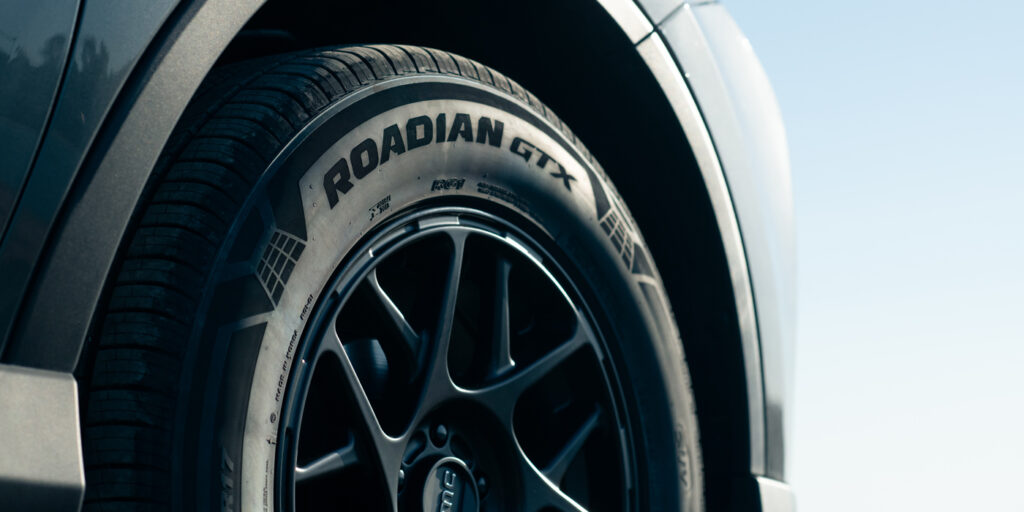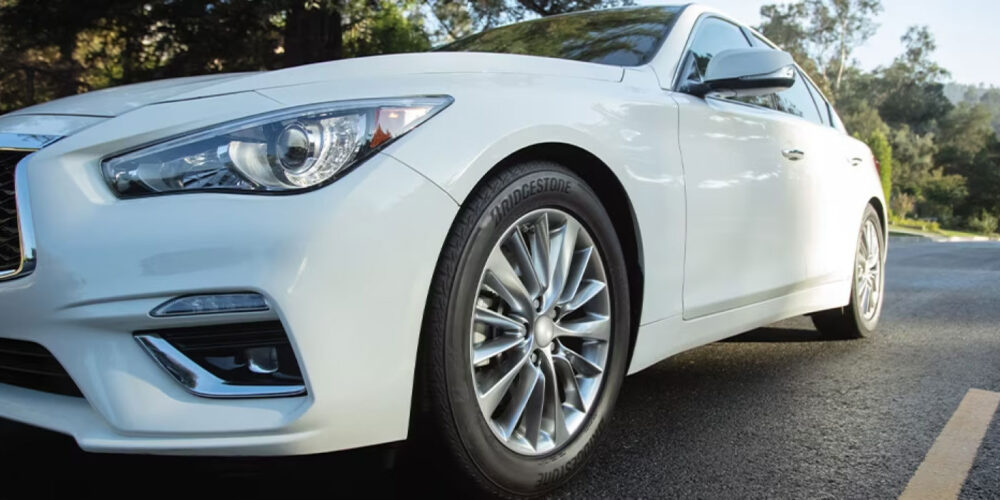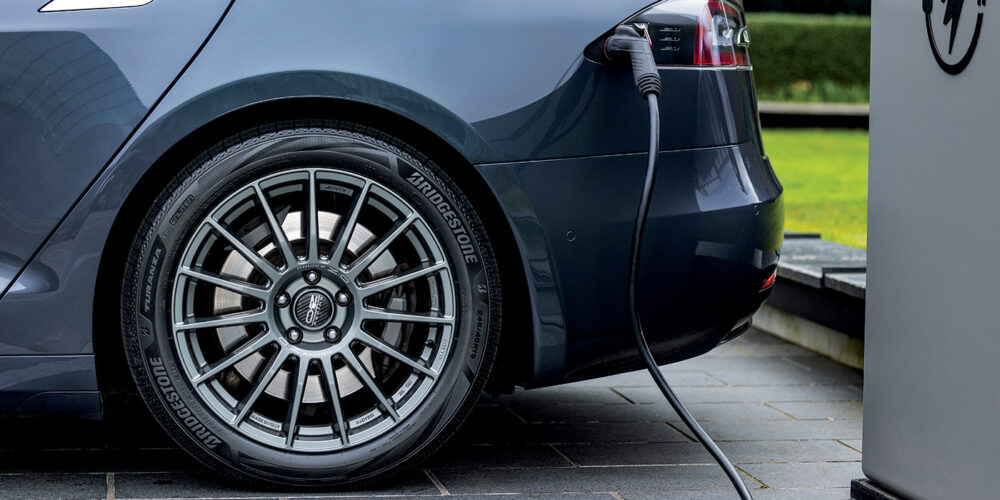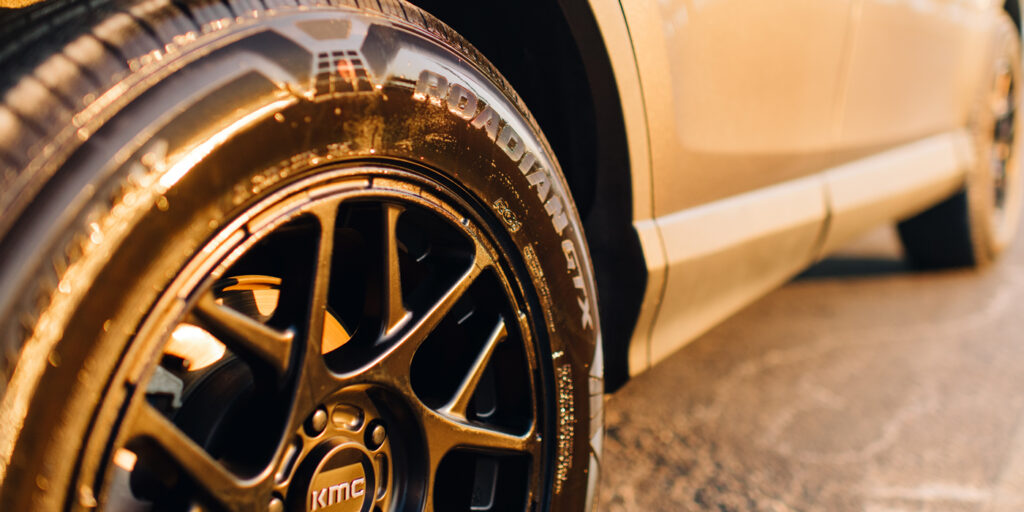The days of grand touring tires being fitted only to sedans are a thing of the past. Today’s grand touring offerings — tires that provide good traction in all weather conditions, the ultimate in ride comfort and noise, ample tread life and higher speed ratings — have expanded from their predecessors to provide appropriate fitments for sedans, SUVs and CUVs.
From a vehicle perspective, if grand touring tires are still defined as tires for sedans only, the segment would be shrinking due to the increase in CUV/SUV vehicles and the decline of sedans, according to David Poling, director of tire development & product marketing for Giti Tire R&D Center (North America) Inc.
“Defining grand touring as only sedans is too narrow today and can lead to misunderstanding the market,” he says. ”Grand touring tires are appropriate fitments for sedans, CUVs and many SUVs. With that definition, I believe we will see continued growth in the market, between 2 and 3%.”
Market Trends & Future Growth
One of the main differences between standard touring and grand touring tires is their speed ratings. This is one factor that ensures stable growth for the segment, according to Philipp Schrader, product manager of touring and U.S. winter tires for Continental Tire.
“We are expecting steady growth in this segment as more vehicles are being developed with tires that carry higher speed ratings,” he says. “In the past, this was primarily reserved for performance sedans and coupes, but today a more broad spectrum of vehicles come with tires that carry speed symbols of V and higher — and we don’t see this trend slowing down anytime soon.”
Schrader adds that, in the past, the grand touring segment was primarily made up of all-season tires with emphasis on higher speed ratings, all-season performance (including wet braking and light snow traction), comfort, and extended tread life. A recent change in the grand touring segment has been the introduction of all-weather products that are more geared toward wet and winter performance, while also offering competitive highway handling and tread life.
Ian McKenney, senior product manager for Bridgestone Americas, says another recent trend affecting the touring segment is the growth and adoption of higher rim diameters.
“New vehicles now come equipped with even higher rim diameters than the year before and there are more options than ever for trim level sizes,” he says.
McKenney notes that the touring segment has been affected by an increase in speed ratings. For example, a vehicle that used to come with a speed rating of T (max 118 mph) or H (max 130 mph) now comes with a speed rating of V (max 149 mph) or W (max 168 mph).
“When it’s time to replace their OE tires, consumers now must look for a comparable speed-rated tire, which means we’re elevating speed ratings on touring replacement tires to match the new OE standards,” he says.
McKenney adds that electrification also will impact touring segment growth, particularly in the next few years. With the steady growth of electric vehicles (EVs), touring tires will need to evolve to adapt to additional wear, traction, and noise, vibration and harshness considerations specific to those vehicles.

Grand Touring Performance
When considering the performance requirements of grand touring tires, it helps to compare them to their standard touring counterparts.
According to McKenney, grand touring tires are typically for newer luxury vehicles, whereas standard touring tires are further along in their replacement cycle. Since newer vehicles have different characteristics than older models — higher speed ratings and sportier handling, for example — there are certain aspects that differentiate grand versus standard touring tires.
“Both grand and standard touring tires focus on capable wet and winter performance for all-season reliability,” he says. “Safety is also priority number one, and the industry has delivered a large array of touring tires with those features and benefits. The biggest differentiator is that in addition to wet and winter capabilities, grand touring tires also emphasize a quiet, comfortable ride while accommodating enhanced performance capabilities, such as higher speeds and sportier handling. It’s a jack of all trades when it comes to safety, performance and comfort.”
Poling agrees that ride comfort and noise make up one of the most important aspects of grand touring tires, adding, “Customers who buy these tires have high expectations and will be quickly dissatisfied if either of these characteristics adversely affect every mile driven.”
The standard touring segment puts more emphasis on maximum tread life and comfort, while also offering excellent wet braking, highway handling and competitive light snow traction, according to Schrader.
“By comparison, the most important performance characteristics in the grand touring segment are an increased focus on higher speed ratings, while also offering exceptional comfort, well-balanced wet and dry performance, optimal traction in light snow, and enhanced tread life,” he says. “Lower rolling resistance is also a key performance aspect that is being demanded by all touring tire segments.”

Tire Technology Aspects
As in all tire segments, it’s the technology behind the performance that differentiates the grand touring segment.
“Technically, these tires are superior to their lesser counterparts,” Poling says. “Grand touring tires carry higher speed ratings, which require more robust tire constructions. There is a higher expectation for best-in-class traction, so these tires have advanced tread compound materials to achieve this. Of course, all of this comes at a premium price, which is to be expected, considering the added material costs and R&D that goes into their development.”
Schrader agrees, noting that the balance between offering comfort, competitive mileage, excellent all-season performance and meeting higher speed requirements make tires in this segment stand out from their counterparts in the standard touring segment.
“Success is measured by finding the right performance balance that exceeds the needs of the consumer, instead of just developing a tire that performs well in some of the key areas and significantly lacks in others,” he says.
While other tire segments focus on standing out in a few targeted performance areas, the touring segment requires a tire that truly performs in all areas, according to McKenney
“From a technical standpoint, that makes the touring segment unique because we have to create tires that perform well across the board, including offering strong wet and winter performance and a quiet, comfortable ride,” he says.

Meeting Customer Needs
Working with your grand touring customers to qualify their needs and expectations is the key to success in this segment, according to Schrader.
“Focusing on the customer’s driving habits and preferences of performance characteristics — and making sure to meet the load index and speed rating requirements of the customer’s vehicle — are paramount,” he says.
McKenney adds that it’s also important to consider geography. Depending on their location, dealers may want to consider carrying three-peak mountain snowflake-rated (3PMS) touring tires to provide enhanced winter performance without sacrificing in other areas that are important to consumers — like ride, wear and wet weather.
“Since there is a great deal of vehicle variety for the grand touring segment, dealers should also consider which type of tires provide the level of vehicle coverage buyers are looking for,” he says. “For example, with EVs, tires need to account for their unique vehicle dynamics, such as sustained longevity to overcome torque challenges, along with longer mileage range. It’s important for dealers to tailor the type of products they are selling to best match their buyers’ geography and unique vehicle preferences to serve their customers most efficiently.”
Finally, keep in mind that the attributes of a grand touring tire should not only be aligned with the customer’s needs, but they also can enhance the customer’s everyday driving experience, according to Poling.
“For instance, when compared to most OE tires, a replacement grand touring tire can offer comparable comfort/noise with increased mileage and, in some cases, better all-around traction.”














